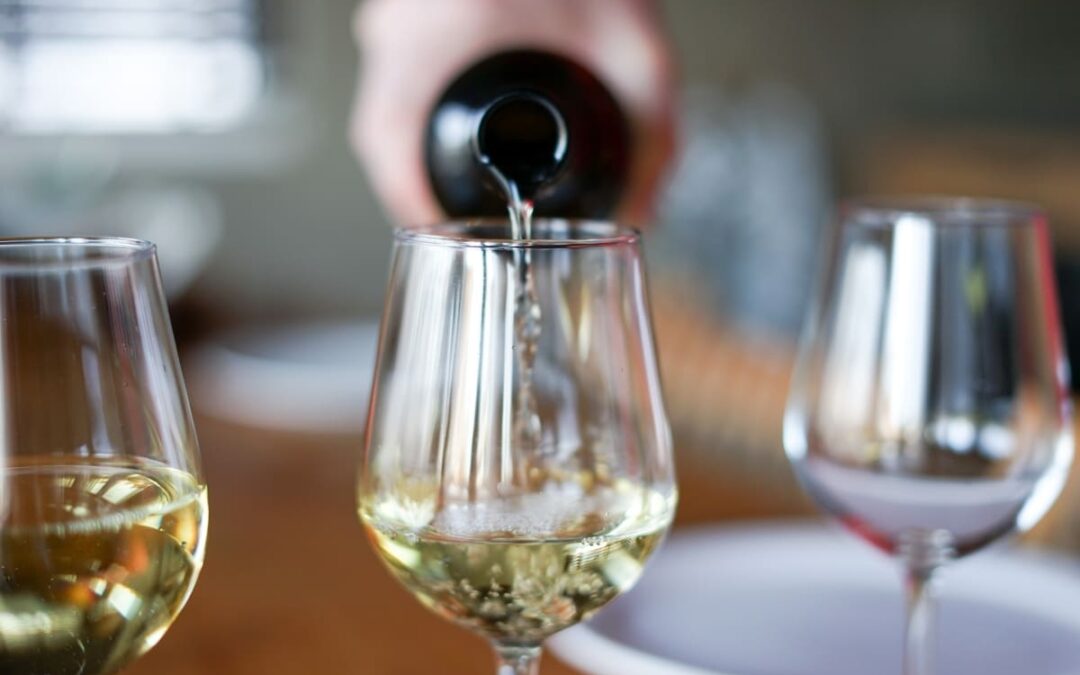California Chardonnay is not just a Fat Elvis
Why is Chardonnay simultaneously adored and maligned? This is a question I wrestled with before founding LIOCO Wine Company back in 2005. One of my first realizations was that this was more of a California wine problem. In France there is no disdain for this grape. In fact you will find Chardonnay planted and celebrated throughout the entire country, reaching its highest heights in Champagne and Burgundy–two revered communes that set the bar for the rest of wine growing world. Chardonnay growing under a Mediterranean sun in California vineyards seems to produce wines that are a lot more polarizing. So the question is: why do so many of the best wineries in Healdsburg focus on California Chardonnay? The short answer is: Chardonnay is still King! There are really two camps. There is the camp that likes the big, buttery, oaky, cocktail Chardonnays for which the variety in California wine became famous. And there is the other camp that likes acid-driven, mineral-drenched, lemon-stone white wines that happen to be made from Chardonnay grapes. LIOCO Wine Company obviously wanted to champion the latter style, and we have spent the last 17 years changing people’s minds about what Chardonnay could be. We like to say “…that Chardonnay went through a Fat Elvis phase here.” It put on weight in all the wrong places, got a little sloppy, and kind of lost touch with its essence. LIOCO has always championed the 1950s Rockabilly Elvis. That taught, svelte crooner that mades the ladies weak in the knees. The malleability of this grape means both styles can be readily achieved in California wine. However, in our humble opinion, the truly great versions of Chardonnay are coming from select California vineyards that provide interesting soils and cooler temperature gradients (ie. like LIOCO’s Tidal Break Vineyard, Sonoma Coast Chardonnay, grown 4 miles from ocean on blue volcanic soil). Other factors that tend to produce truly great Chardonnay are older vines which deliver a more soil-driven and less-fruity expression (ie. like LIOCO’s Chuy Vineyard, Sonoma Valley Chardonnay, planted in 1963) and/or vineyards that are not irrigated a.k.a. dry farmed (ie. like LIOCO’s Casa Seca Vineyard, RRV Chardonnay, farmed without any water!). These qualities in the vineyard produce smaller grape clusters and more concentrated juice. At this point, all we have to do is pick the fruit on the earlier side (to preserve the snappy acidic crunch we love) and demonstrate some restraint in the cellar (no new oak!). The rest has already been provided by the vineyard. When Chardonnay is done right in California, there are few equals in the world. California wine at its Apex!

